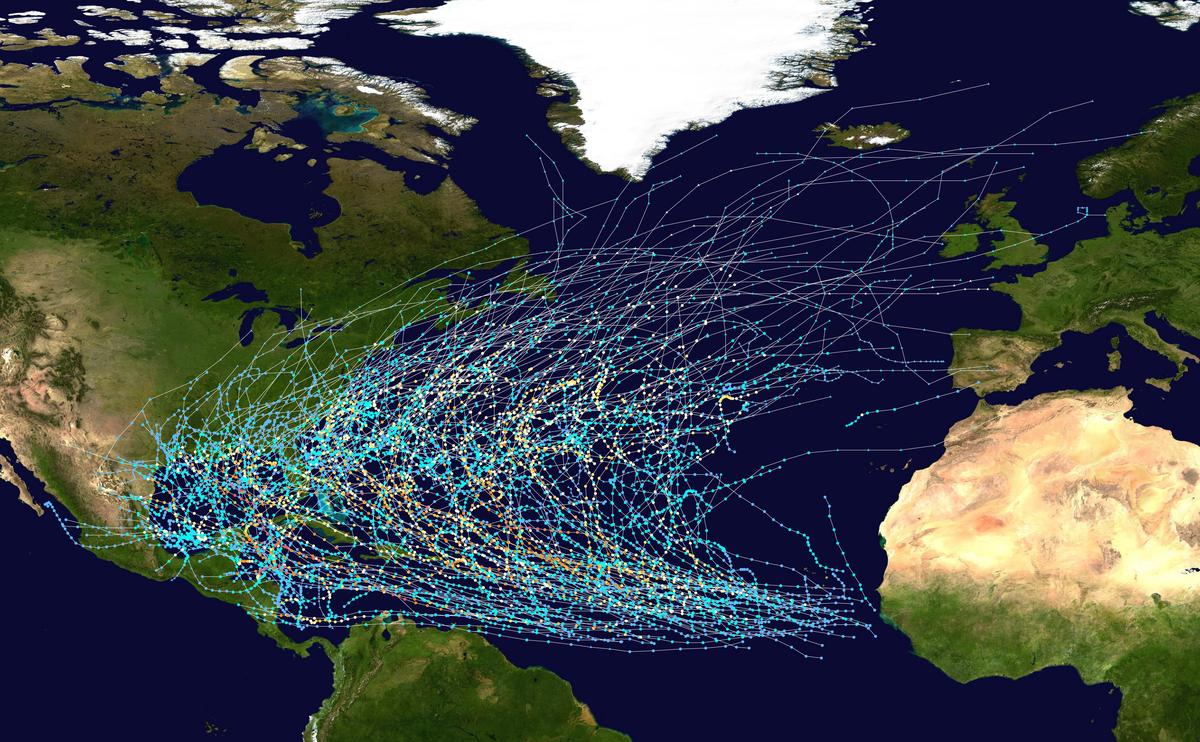
Current Climate Modeling Challenges
Climate models face significant challenges in accurately predicting future conditions. Some key issues include:
- Systematic biases compared to observations
- Computational limitations restricting model resolution
- Difficulty capturing small-scale processes like cloud formation
High-resolution storm-resolving models (SRMs) offer improved accuracy but require enormous processing power. To address these limitations, researchers are exploring innovative approaches using machine learning, particularly deep learning (DL).
DL shows promise in refining climate models by learning from SRM simulations. A key focus is integrating causal relationships into neural networks to improve model performance across varied climate conditions. These causally-informed neural networks aim to discern true causal drivers from mere correlations, potentially leading to more realistic and coherent climate simulations.
By focusing on the main drivers of subgrid processes, these models seek to reduce overfitting and produce more reliable long-term forecasts. The approach involves carefully identifying causal factors and incorporating them into neural network architectures optimized for climate prediction.
Role of High-Resolution Models
High-resolution storm-resolving models (SRMs) play a crucial role in advancing climate science by capturing fine-scale atmospheric processes often missed by broader climate models. Some key advantages of SRMs include:
- Resolving detailed features like storm tracks and precipitation patterns
- Reducing biases present in coarser climate simulations
- Providing more accurate representations of important phenomena like the Intertropical Convergence Zone
Despite their benefits, SRMs face significant computational challenges. The enormous processing power required limits their use to short time periods, typically just a few months. This restricts their direct application for long-term climate projections.
However, SRMs remain invaluable tools for improving our understanding of Earth's climate systems. As technology advances, the integration of high-resolution data into broader climate predictions is becoming increasingly feasible. This progress may eventually transform SRMs from specialized research instruments into standard components of operational climate forecasting.
Machine Learning in Climate Modeling
Machine learning, especially deep learning, is revolutionizing climate modeling by uncovering small-scale processes that traditional models struggle to capture. These AI techniques aim to improve the simulation of critical subgrid-scale phenomena like cloud formation and convection.
ML algorithms study high-resolution storm-resolving models to learn complex atmospheric processes. This knowledge is then applied to refine traditional climate models, potentially bridging the gap between fine-scale simulations and global predictions.
"ML methods for Earth system modeling is an active area of research. Particularly challenging to address are the poor representation of unseen climates and regimes (i.e., generalization capabilities) and hybrid modeling instabilities associated with the interaction between the ML-based algorithm and the dynamical core of the host climate model."
A key focus is the integration of causal relationships into ML models. This approach aims to make predictions more stable and reliable across various climate conditions. By distinguishing true cause-effect pathways from spurious correlations, causally-informed neural networks may produce more accurate and physically consistent climate simulations.
As machine learning advances in climate science, it holds the potential to dramatically improve our ability to predict Earth's complex climate systems. However, challenges remain in ensuring these models generalize well to novel climate conditions and integrate seamlessly with existing physical models.
Causally-Informed Neural Networks
Causally-informed neural networks represent a cutting-edge approach to climate modeling, aiming to understand the underlying reasons for climate phenomena. These networks attempt to distinguish meaningful causes from coincidental correlations, potentially making models more robust to new data and changing conditions.
Key features of causally-informed neural networks include:
- Focusing on variables with genuine influence over climate phenomena
- Identifying and prioritizing causal relationships
- Producing more reliable and interpretable climate predictions
By incorporating causal discovery methods, these networks can prune spurious connections and focus on the most important drivers of climate processes. This approach may lead to more physically consistent models that generalize better to unseen climate regimes.
As these networks continue to develop, they hold the potential to enhance our understanding of atmospheric dynamics and improve the clarity and reliability of climate forecasts. However, challenges remain in accurately identifying causal relationships in complex, interconnected climate systems.
Applications and Case Studies
Deep learning models are demonstrating promising results in predicting extreme weather events with improved accuracy. Some notable applications include:
- Using convolutional neural networks to focus on regional climate changes
- Providing detailed insights for local communities and policymakers
- Informing decision-making related to international agreements like the Paris Protocol
These models offer granular views of potential temperature threshold breaches, helping to assess climate risks at regional scales. Such detailed forecasts can be crucial for developing targeted adaptation and mitigation strategies.
Transfer learning techniques are being applied to regional climate models, potentially improving their realism by incorporating observational data. This approach allows models trained on global data to be fine-tuned for specific regions, enhancing local predictions.
As AI-driven climate tools evolve, they may help shift climate strategies from reactive to proactive approaches. By providing earlier and more accurate warnings of extreme events, these models could play a vital role in reducing climate-related risks and informing long-term planning.

Writio: Your AI content creator for websites and blogs. This post was written by Writio.
- Eyring V, Gillett NP, et al. Human influence on the climate system. In: Climate Change 2021: The Physical Science Basis. Cambridge University Press; 2021.
- Gentine P, Pritchard M, et al. Could machine learning break the convection parameterization deadlock? Geophys Res Lett. 2018;45(11):5742-5751.
- Rasp S, Pritchard MS, Gentine P. Deep learning to represent subgrid processes in climate models. Proc Natl Acad Sci USA. 2018;115(39):9684-9689.
- Brenowitz ND, Beucler T, et al. Interpreting and stabilizing machine-learning parametrizations of convection. J Atmos Sci. 2020;77(12):4357-4375.
- Pearl J, Mackenzie D. The Book of Why: The New Science of Cause and Effect. Basic Books; 2018.







